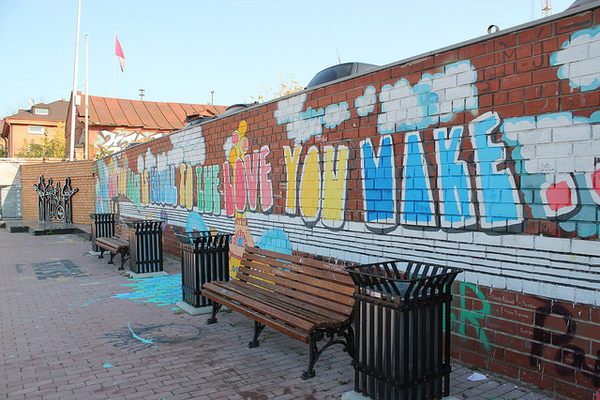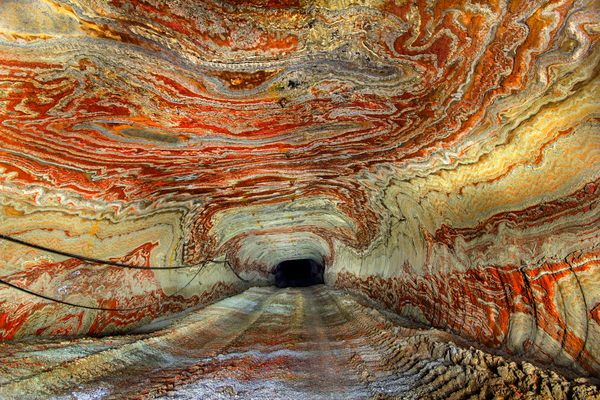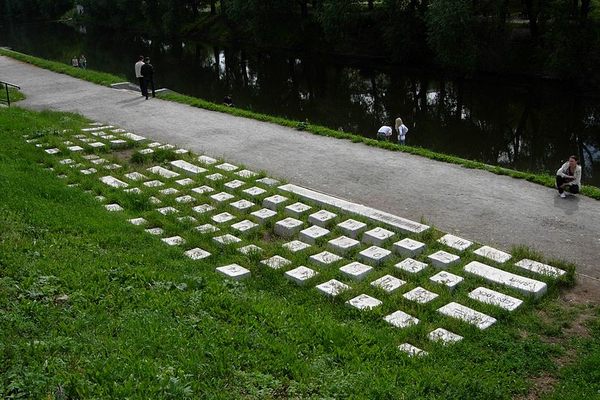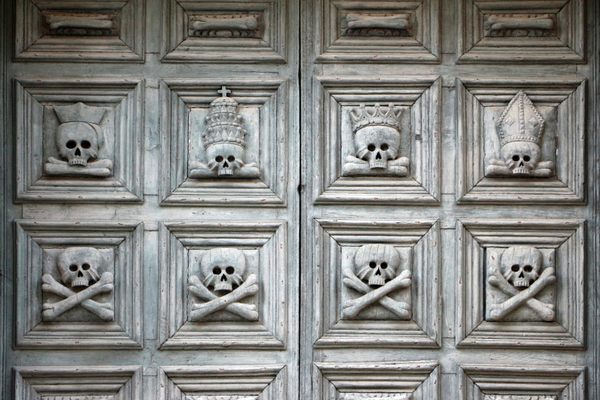Ganina Yama
Monastery complex at the location where bodies of the executed Romanov royal family were discovered.
“… I asked in passing, ‘Oh yes and where is the tsar?’ ‘It’s all over,’ he answered. ‘He has been shot.’ ‘And where is his family?’ ‘And the family with him.’ - Leon Trotsky, on finding out about the death of the Romanov family.
In the early morning hours of July 17, 1918, at the height of the Russian Civil War, the imperial royal family of Russia were woken from sleep and told to get dressed. The deposed Tsar Nicholas II, his wife Alexandra, and their five children along with four staff members were ushered into a basement room of the Ipatev House in Yekaterinburg, where they had been kept as prisoners of the state since April. A firing squad entered the room and opened fire.
A man named Yurovsky, of the executioners, later recalled: “They shot the daughters but did not kill them. Then Yermakov resorted to a bayonet, but that did not work either. Finally they killed them by shooting them in the head. Only in the forest did I finally discover the reason why it had been so hard to kill the daughters and Alexandra Feodrovna … the daughters had on bodices almost entirely of diamonds and [other] precious stones.”
After the Romanov family was shot and stabbed to death, the bodies were removed to two nearby derelict mine shafts where the remains were burned and buried. For decades their location remained a mystery.
The Romanovs and their mysterious fate fueled imaginations in the Soviet Union and beyond. Rumors persisted that not all of the family had been killed, and perhaps Alexandra or her daughters had survived. In particular, mystery surrounded the youngest daughter, Anastasia.
In the 1920s a woman named Anna Anderson stepped forward, claiming to be the surviving Grand Duchess Anastasia. Although most cast doubt on her claims, it was not until the discovery of the Romanov bodies that the issue could be settled completely.
In 1991, following the collapse of the Soviet Union, the Russian government admitted that the location of at least some of the bodies was known, in the mine shafts in Yekaterinburg. The remains were exhumed later that year and subjected to skeletal analysis and DNA testing. The results confirmed that the bodies were those of Tsar Nicholas II, his wife Alexandra, and three of their daughters. There was no sign of the young heir Alexei, or the fourth daughter. Researchers argued over which daughter it was that was missing: Anastastia or Maria. The mystery endured.
In 1998 a belated official funeral service was held for the Romanovs in St. Petersburg. The surviving members of the extended Romanov family attended, along with President Boris Yeltsin and international visitors as the Tsar’s coffin was lowered into its grave at St. Peter and Paul Cathedral exactly 80 years after his execution.
In 2000, the Romanov family was accepted as “passion bearers,” or those who accepted death with Christ-like humility, in the Russian Orthodox Church within Russia, and construction began of a memorial chapel on the spot where the Ipatev House stood. Known as Khram na Krovi, or Church on the Blood, the church complex also includes a small museum dedicated to the Romanovs.
In 2001 the Russian Orthodox Church along with the Ural Mining and Metallurgical Company constructed seven chapels and Monastery of the Holy Tsarist Passion-Bearers at Ganina Yama to commemorate each member of the royal family. Ganina Yama marks the “official” burial spot of the Romanovs, despite the fact that the bodies were eventually recovered from another nearby mine known as Porosenkov Ravine, which is marked with a cross. In September 2010, one of the seven chapels burnt down, but it is scheduled to be rebuilt.
Finally in August 2007 a Russian archaeologist discovered two partially burned skeletons near Yekaterinburg. This matched the details left by Yurovsky in his memoirs about participating in the execution and burials. The remains were identified conclusively as those of the missing son Alexei and a daughter in her late teens or early twenties, thus accounting for all of the family.
The imperial family is interred at St. Peter and Paul Cathedral in St. Petersburg, alongside the remains of nearly all of the Russian Tsars.
Know Before You Go
Ganina Yama is near the village of Koptyaki, 15 km (9.5 miles) north from Yekaterinburg (also spelled Ekaterinburg).
Community Contributors
Added by
Edited by
The Atlas Obscura Podcast is Back!




















Follow us on Twitter to get the latest on the world's hidden wonders.
Like us on Facebook to get the latest on the world's hidden wonders.
Follow us on Twitter Like us on Facebook